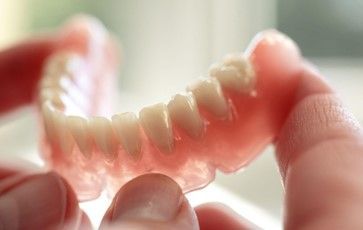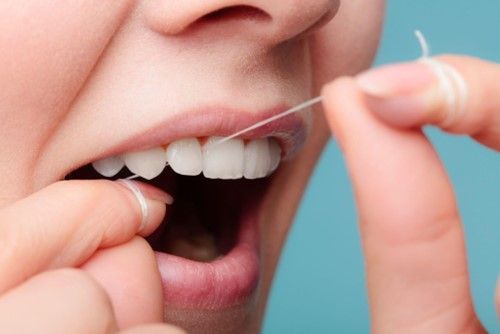


A tooth cavity, also known as tooth decay, is one of the most common dental ailments. While cavities are common, they are also largely preventable. The best way to reduce the risk of cavities in the future is to learn about tooth decay. Unfortunately, cavities are the subject of several widespread myths.
Below are some of the most popular myths about cavities.
Cavities in Baby Teeth Don't Need Treatment
Cavities in baby teeth are also known as baby bottle tooth decay. While baby teeth are temporary and eventually fall out, they are not expendable and need proper care. Untreated cavities in baby teeth can lead to infections and jaw growth problems.
The infections caused by untreated cavities can impact the growth and development of permanent teeth. Children with cavities may suffer developmental risks, including:
Get your child into the routine of brushing and flossing daily to prevent cavities. That way, your child will develop healthy teeth into adulthood, and you'll avoid the hassle of cavity treatment altogether.
Sugar Is the Only Cause of Tooth Decay
While it’s true that sugar consumption is a major cause of tooth decay, sweets are not the only cause of cavities. Tooth decay can also emanate from healthy foods such as fruits, vegetables, and bread Foods high in carbohydrates are a major contributor to cavities. Bacteria in plaque feed on carbohydrates and produce acid that eats away the tooth enamel. Does this mean that you should cut out carbohydrate foods forever? Certainly not, but moderation is key.
When you remove food crumbs from your mouth fast enough, they won't be able to form a cavity. No matter what you eat or drink, remember to brush and floss at least twice daily. If you snack a lot, take plenty of water in between.
Fillings Last Forever
Different filling materials exist depending on a patient's preference and cosmetic considerations. Some materials can last up to 20 years, but contrary to popular belief, none lasts forever.
Fillings take a long time to wear out. They need replacement due to clenching and chewing or secondary tooth decay.
To extend the life of your filling, however, you need to take extra care and keep it clean. Practice good oral hygiene and visit a professional twice a year for inspection.
All Cavities Hurt
Most people tend to associate toothaches with cavities. While the correlation is often true, some cavities hurt while others have no associated pain.
Cavity pain may differ from person to person depending on the stage of decay and the patient's tolerance for pain. Cavities may not always have noticeable symptoms. A cavity starts as a pit on a tooth and slowly deepens. In the early stages, there may be no pain, but the cavity soon hurts when it reaches the inner parts of the tooth.
A large cavity will definitely make you uncomfortable. And as a result, you will spend more on a more expensive dental treatment if you wait too long. Regular dental exams with your dentist are essential to arrest tooth decay and treat it early.
Gaps in Teeth Increase the Likelihood of Cavities
The myth originated from the fact that gaps are ideal for bacteria to hide. Gaps make it easier for food to get stuck in between teeth. As a matter of fact, the opposite is true. Large gaps make brushing and flossing more accessible, while small hidden crevices are hotspots for cavities because they can be hard to reach.
If left untreated, cavities can lead to an infection that may spread to other body parts. Knowing what is true and what isn't about cavities is vital for having a healthy mouth and a vibrant smile. Contact us today at Advanced Dental Care with your questions about tooth decay and oral health.













